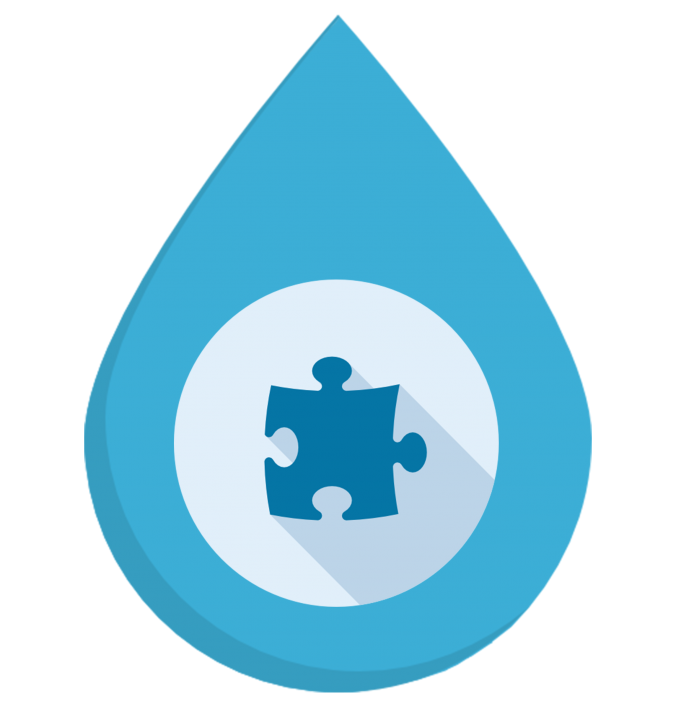Many organizations and government agencies have studied and written about the potential benefits of regionalizing* the provision of water and wastewater services, but progress implementing this management tool has been relatively slow in many states including North Carolina.
*The terminology used to describe the transition from a more isolated independent service provision model to one that is more integrated is not always consistent or standardized. The term regionalization is used here to describe a range of different collaboration mechanisms that are commonly found in North Carolina and across the country.
Regionalized service provision can range from the creation of a new water utility by combining or merging two or more utilities; one utility absorbing or acquiring other utilities; or multiple utilities that choose to remain autonomous to some degree but share components of service provision such as water supply or water treatment. Many regions that appear to be ideal candidates for regionalization remain served by independent and often isolated utilities and when regionalization does occur, it is often a laborious process that can take years of planning and negotiation. While many regionalized systems thrive once they are created, others fail to fully meet their goals and may encounter a range of challenges including fiscal distress, recurring political and public disagreements, and the occasional lawsuit.
In order to learn more about practitioners’ regionalization experiences, expectations, and concerns, a group of researchers from the University of North Carolina at Chapel Hill hosted an interactive workshop at the UNC School of Government in Chapel Hill, North Carolina. The event was designed to share emerging research and solicit practitioner views. Funding for the workshop was provided as part of a National Science Foundation project (award no. 1360442) funded by the Water Sustainability and Climate program. The workshop was attended by approximately 75 participants comprised of utility management staff, consultants that work with utilities, non-profit technical assistance providers, and state funding programs. Participants included staff from the state’s largest water utilities that provide service to hundreds of thousands of customers, all the way down to smaller rural utilities serving as few as 1,000 customers. Twenty-six separate utilities were represented. The workshop included research presentations, facilitated group discussions, audience polling, and small group exercises. Continue reading







